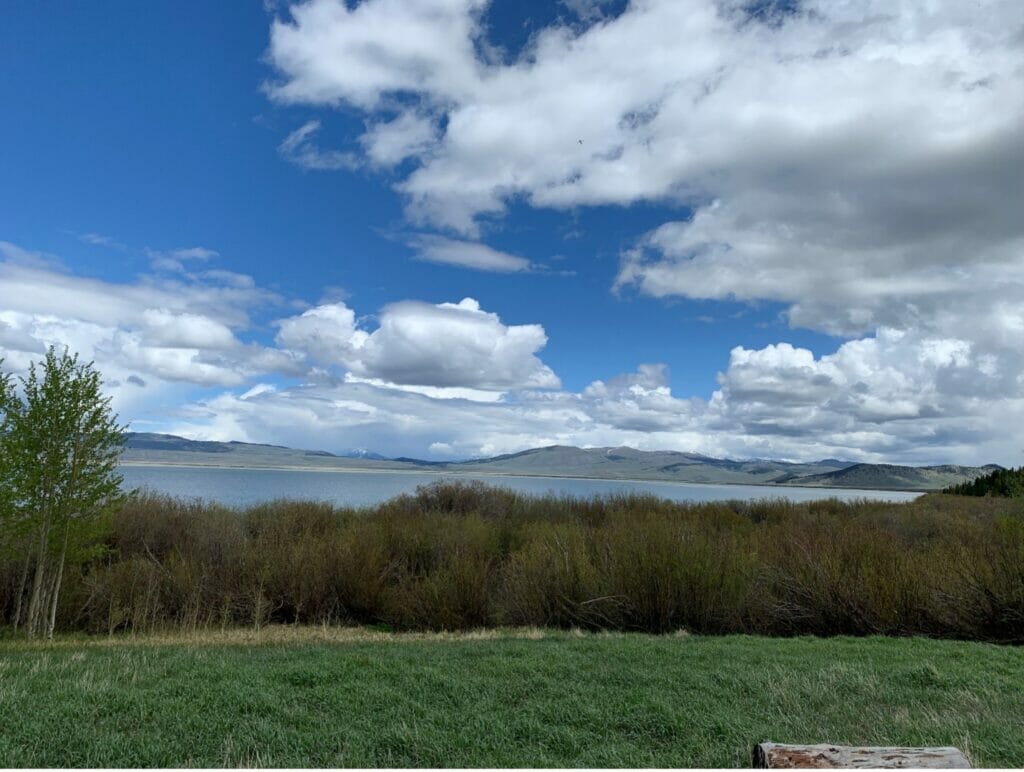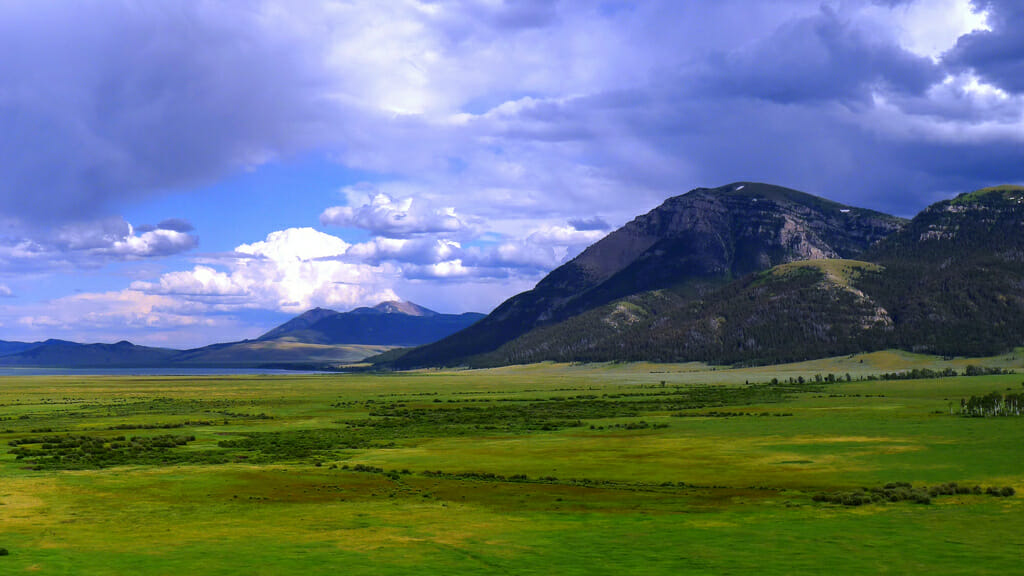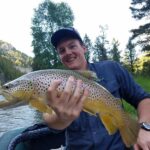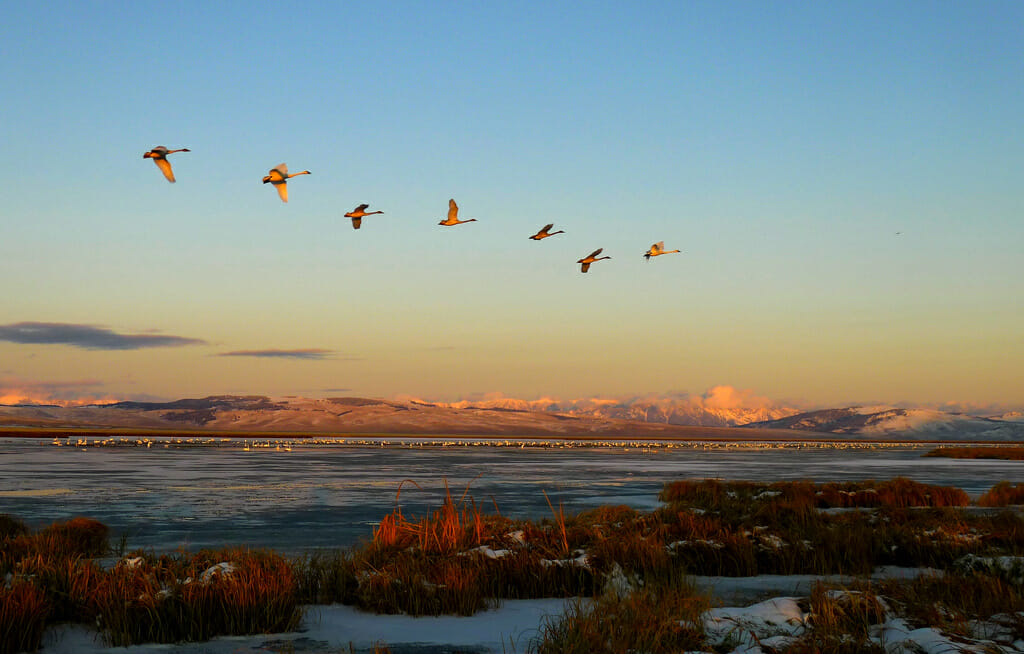The Catch 22 of conservation: Can we love sensitive places to death?
On a cloudy June day, a buddy and I found ourselves on a remote wildlife refuge in southwest Montana.
This year, Montana has seen plenty of spring rain, and it had been raining hard before the trip. (Though, as the saying goes, we are always a week away from drought.) The dirt roads had turned to mud, which covered my truck as we bumped along, watching pronghorn graze in the fields and a lone moose stare at us from the tree line. We couldn’t help but reflect on how lucky we are to live in this beautiful place.
It’s locations like this one that remind me of the Catch 22 of conservation. To protect land, water, fish, and wildlife resources, we must highlight places so others care about them too. But in sharing this information with a broad audience, will we draw crowds that love these sensitive places to death?

On some public lands, maybe we will, if there isn’t accessible education on how to recreate responsibly.
But on wildlife refuges, maybe not, because the core purpose of these places is conservation of fish and wildlife species and habitat, not just tourism management.
On our day out, we brought our fishing gear in case the opportunity presented itself for us to sample the native grayling or cutthroat populations that call this refuge home. But upon arriving, the rivers and lakes looked like chocolate syrup in a glass of 2 percent milk, flowing high and fast. Even so, we were perfectly happy to keep our lines dry and just enjoy the views. I looked up to find hawks streaking across the sky.
Thanks to the National Wildlife Refuge System’s mission of conservation and to the remoteness of this refuge, we can recount experiences usually reserved for less trodden paths: seeing 40 moose in a day, appreciating artifacts linked to various tribes, and taking adrenaline-pumping walks with a pistol on one hip and bear spray on the other.

As conservationists and anglers, we consider public access a staple in our lives. After all, these are our public lands, meaning that they aren’t just for the few “in the know.” They are meant for people from all walks of life to experience.
Outdoor recreation is a $7 billion a year industry and the primary funding source for Montana’s fish and wildlife management agencies.
As a fifth-generation Montanan who is frustrated by increased pressure on public lands and the lack of effective plans to balance use and conservation, I want to keep some spots to myself.
But as an angler who has built a lifetime of memories thanks to public access to special areas, the waters get muddier, just like the streams that day out on Red Rocks National Wildlife Refuge.
I haven’t figured out this balancing act yet. Maybe I never will. I will, however, encourage everyone who visits these unique places to tread lightly and responsibly, to learn about their history from local stewards like native tribes and surrounding communities, and to be active in conservation efforts, so we can all continue to enjoy these special places.



